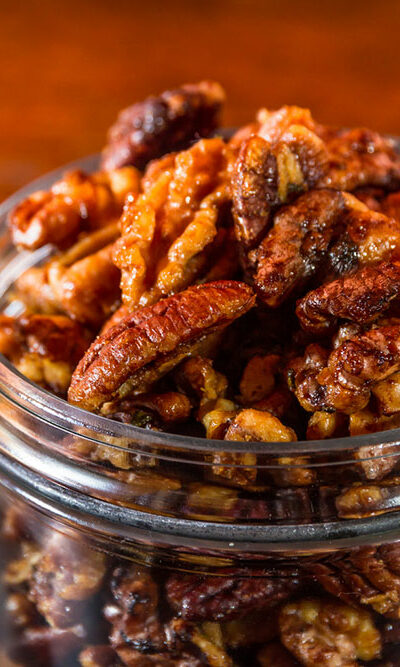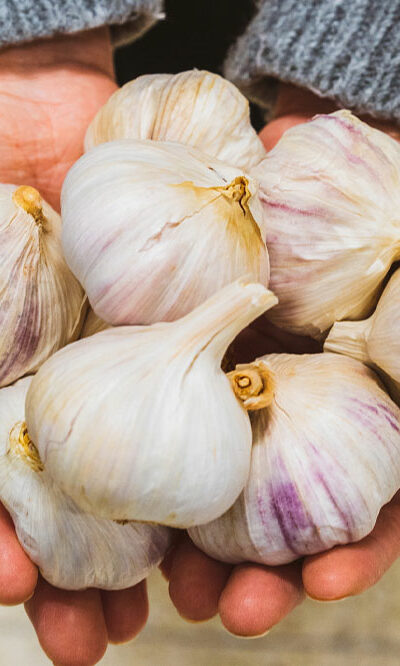
Understanding the Probable Causes of Fibromyalgia
When it comes to chronic pain conditions, nothing is as debilitating and widespread as fibromyalgia. It is a condition that causes pain throughout the body and increases your sensitivity to pain as well. Besides that, general fatigue, sleep problems, and appetite fluctuations are some of the side-effects of the condition. Despite the fact that around 10 million people in the country suffer from the condition, and though a huge amount of research is available on the subject, the causes of fibromyalgia are still not well understood. As of now, there is ongoing research about the possible factors involved in the onset of fibromyalgia and the risk factors that may increase one’s likelihood of suffering from this condition. Understanding fibromyalgia The condition is pretty simple since it operates on the basic principle of pain detection. Nothing is as sensitive to pain as your brain is, and this is what leads to fibromyalgia. People who have fibromyalgia have more pain receptors that carry pain signals to the brain. On the flip side, cells that reduce the pain receptors from reaching the brain continuously or those that slow down this signaling, are fewer in number. Thus, a single bump feels like stabbing, and things that shouldn’t cause any pain at all lead to a numbing, painful sensation. Either way, the patient’s pain signals are all awry and off the charts most of the time. It is quite difficult to understand the factors that lead to this condition. However, here are some causes that may lead to fibromyalgia: Genetics Seeing as how fibromyalgia runs in families, it isn’t strange to suspect that a patient’s genes play a vital role. Women with a relative suffering from fibromyalgia are more likely to suffer from this condition themselves. Perhaps, there is a gene that causes hypersensitivity to pain.










